We ask: “How can we have the most impact?”
Our flexible and adaptive approach allows us to treat sustainability like a puzzle. We collaboratively challenge the status quo to create enriching, positive environments and develop a credible narrative of financial value through sustainable design principles.
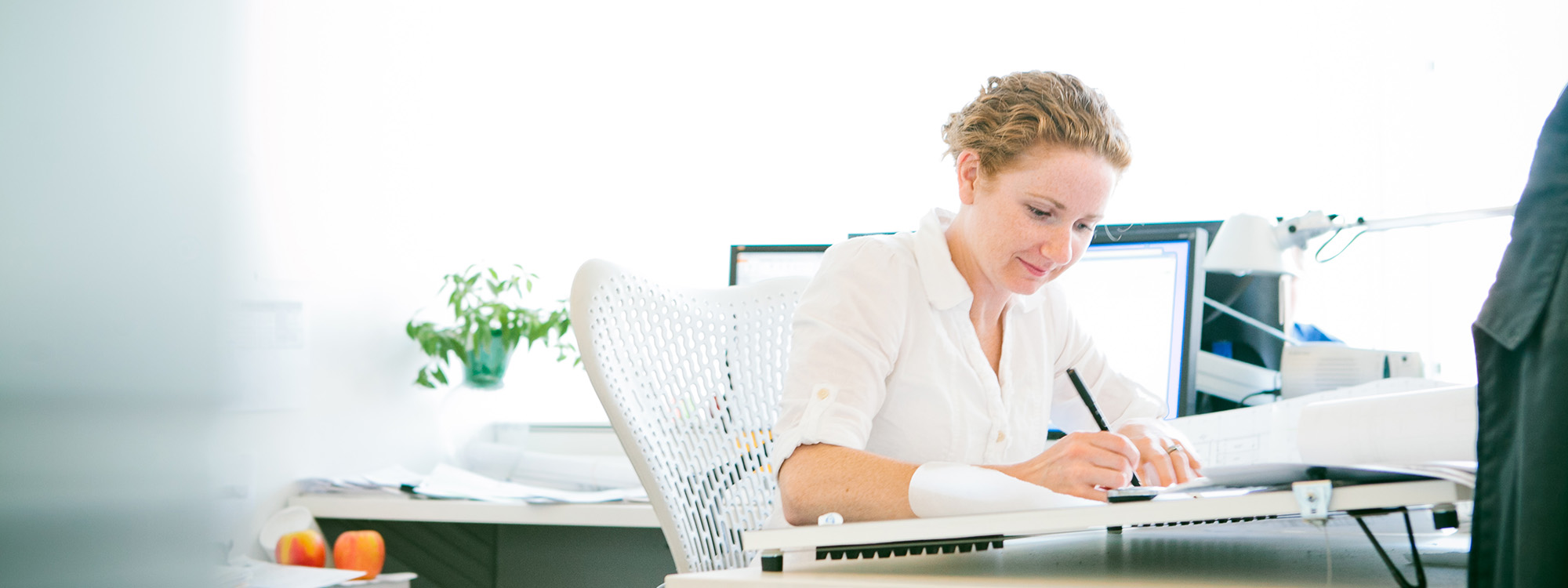
We Lead by Example
From our brand new home in Watershed, a Seattle Living Building Pilot Project, to our former home at the passively-cooled Terry Thomas building, we are designers and tenants of high performance buildings. We use this first-hand experience to help our clients achieve the greenest buildings possible.
Going Beyond LEED
Our designs cover the sustainable design certification spectrum including LEED, Living Building Challenge Petal Certification, Built Green, Passive House, Salmon Safe, Green Globes and the Evergreen Sustainable Design Standard, to name just a few. But certification is not the end game.
Green Building Research
Beyond our project work, we are constantly researching new strategies to increase the performance of our buildings and the environments that surround them. Award-winning explorations such as Conspicuous Consumption, a Zero Net Energy building designed for the UCSF Mission Bay campus, Ecolaboratory, a conceptual Living Building vertical farm, and RainBellows, a biomimicry project developed by our landscape architecture department, allow us to investigate ways to push the envelope, while also examining the financial ramifications of those discoveries.
We published a whitepaper: “Pursuing High-Rise Multifamily Energy Efficiency in Seattle.” The goal of this and much of our research is to help our clients better meet their financial goals, create compelling stories to market their projects, and reduce, reuse and recycle the limited resources here on Earth.
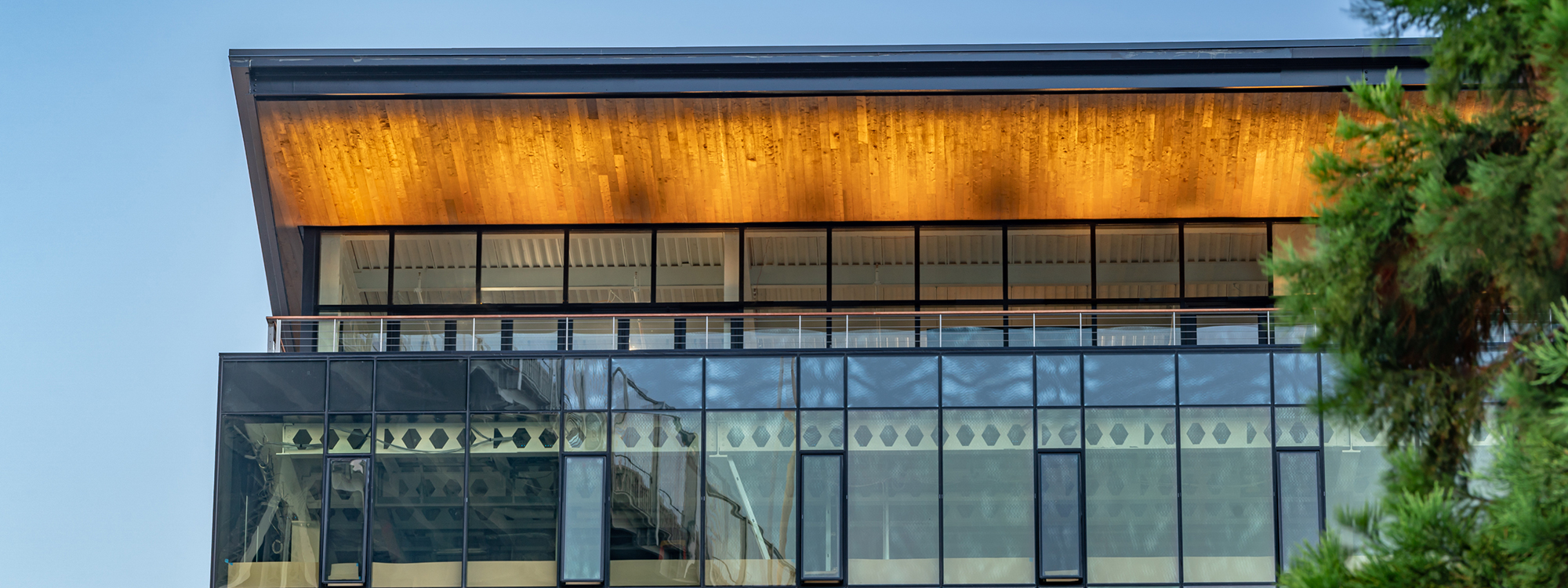
It’s just who we are.
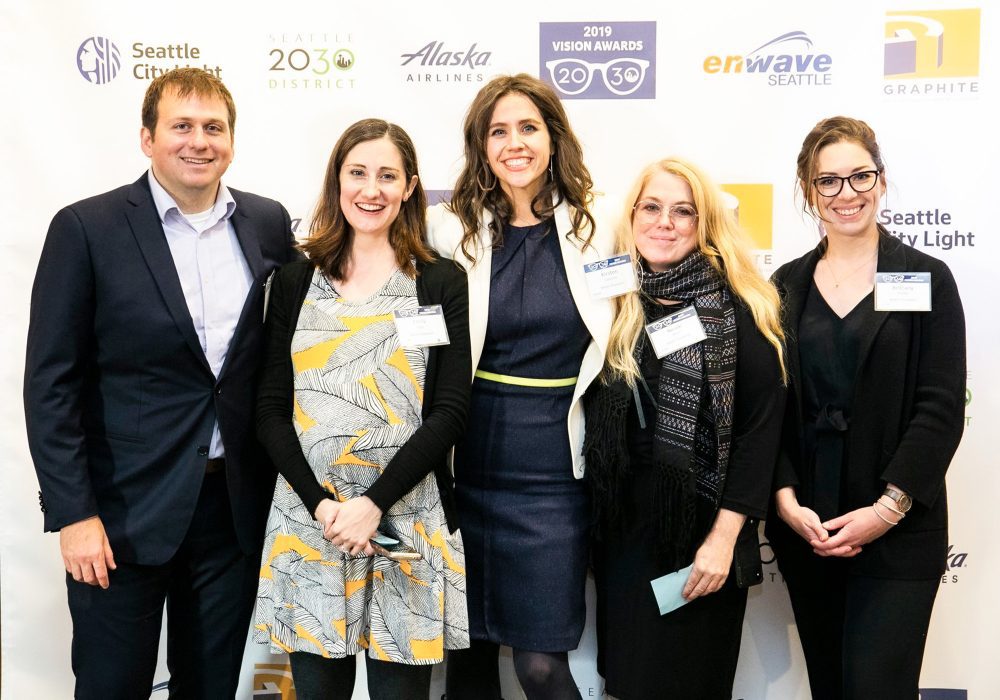
We See the Big Picture
Fundamentally, we help our clients develop projects that meet their vision and goals. Early in a project, we work toward solutions to target land use incentives and qualify for utility rebates. We have the in-house capabilities for early design phase energy modeling and daylight analysis, which allow our clients to have an early and holistic understanding of the impacts of certain strategies and technologies, including marketability, long term maintenance, utilities and operating budgets of their properties.
We are a professional stakeholder member of the Seattle 2030 District.
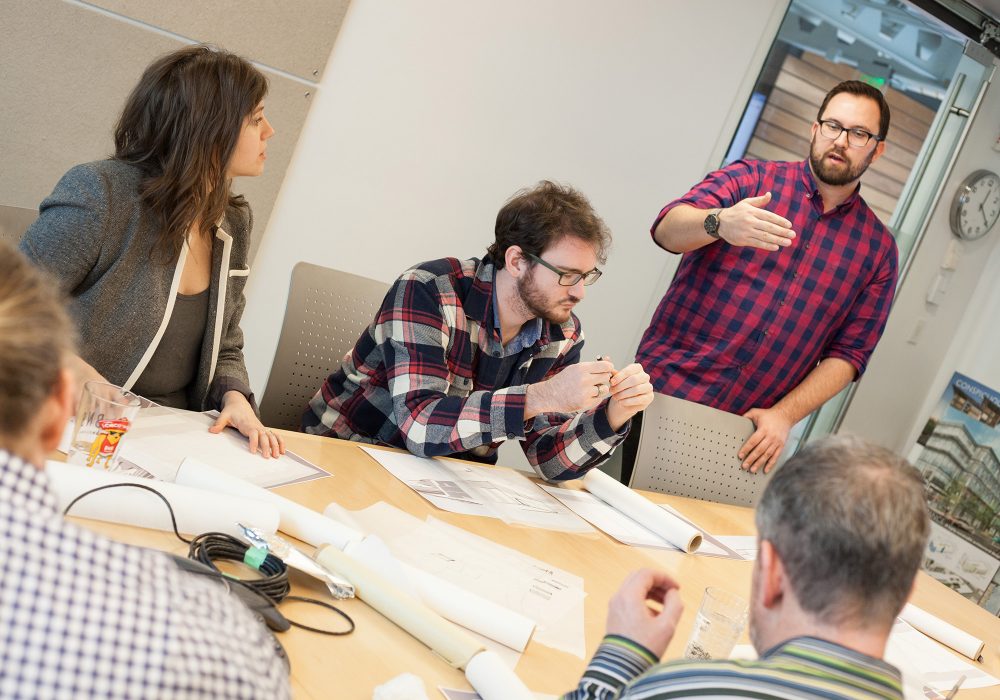
Our Sustainabiliteam Leads the Way
The WT Sustainabilteam (WTST) was born out of the AIA 2030 Commitment, a voluntary initiative in which architecture firms track and annually report their project portfolio (with benchmarking and progress against the 2030 Challenge targets), write a sustainability action plan, and commit to improving their own office operations. Weber Thompson signed on in 2010, and we have been tracking our portfolio and office operations since.
More than half of our employees hold professional sustainability credentials including LEED, Fitwel, Living Future Accreditation (LFA), and Certified Passive House Consultant (CPHC).
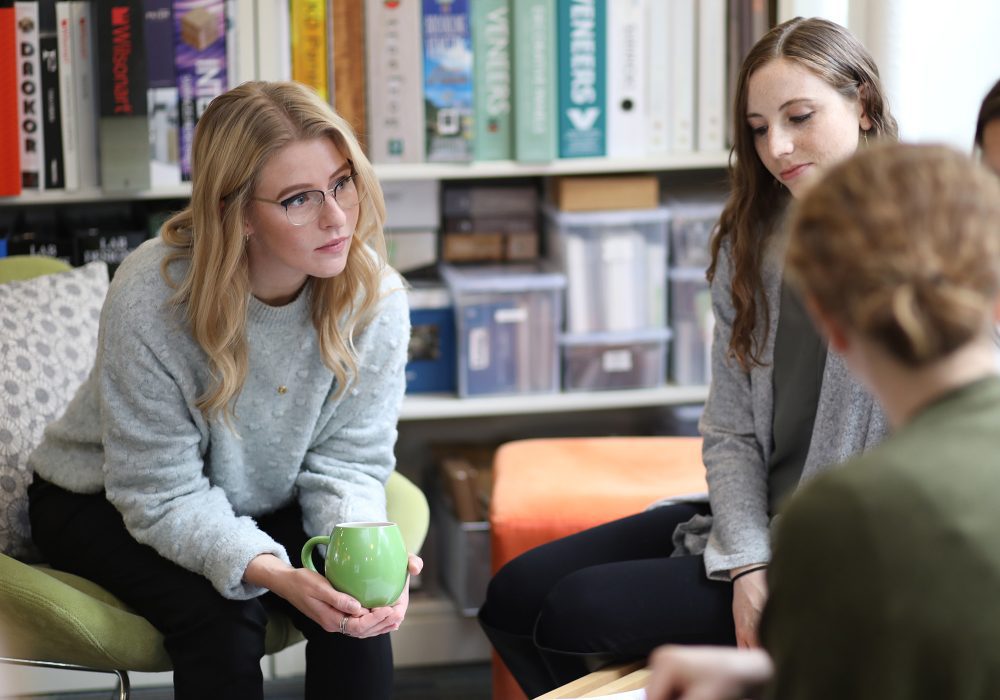
We’re Leaders in the Green Scene
Weber Thompson has a strong connection with the modern green building movement. Nearly 20 years ago, we began our journey to understand how to have a lighter impact on the earth. Today, we are an established leader in creating thoughtful, resource efficient, healthy, equitable and beautiful commercial and multifamily residential buildings at an urban scale. We have established this through lessons learned from built projects, developing and maintaining internal education, learning and sharing lessons from our office operations, effective communication and advocacy, and conducting original research. Most importantly, we strive to refine the value proposition, i.e. how greener buildings make for better investments and long term value for owners.
Weber Thompson is frequently listed as an Architect Magazine Top 50 Sustainable firm.
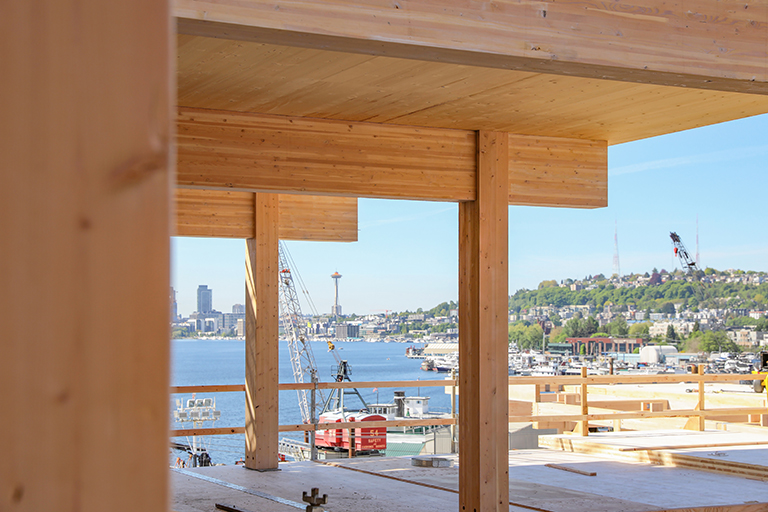
We’re Reducing our Carbon Impact
We uniformly recognize that the built environment is a major contributor to carbon emissions that continue to escalate the climate crisis. It is critical for us to look closely at the embodied carbon that makes up our buildings and the operational carbon it takes to run them. The carbon-reducing design ideas we’re most enthusiastic about are those that also improve the health and wellness for people.
We are passionate about mass timber structural systems that can reduce embodied carbon and provide the benefits of biophilia to occupants. WT has a cohort of Certified Passive House Consultants who are passionate about Passive House because it is both a low operational carbon building standard and a proven way to create superior indoor air quality that greatly improves occupant health and even cognitive function.